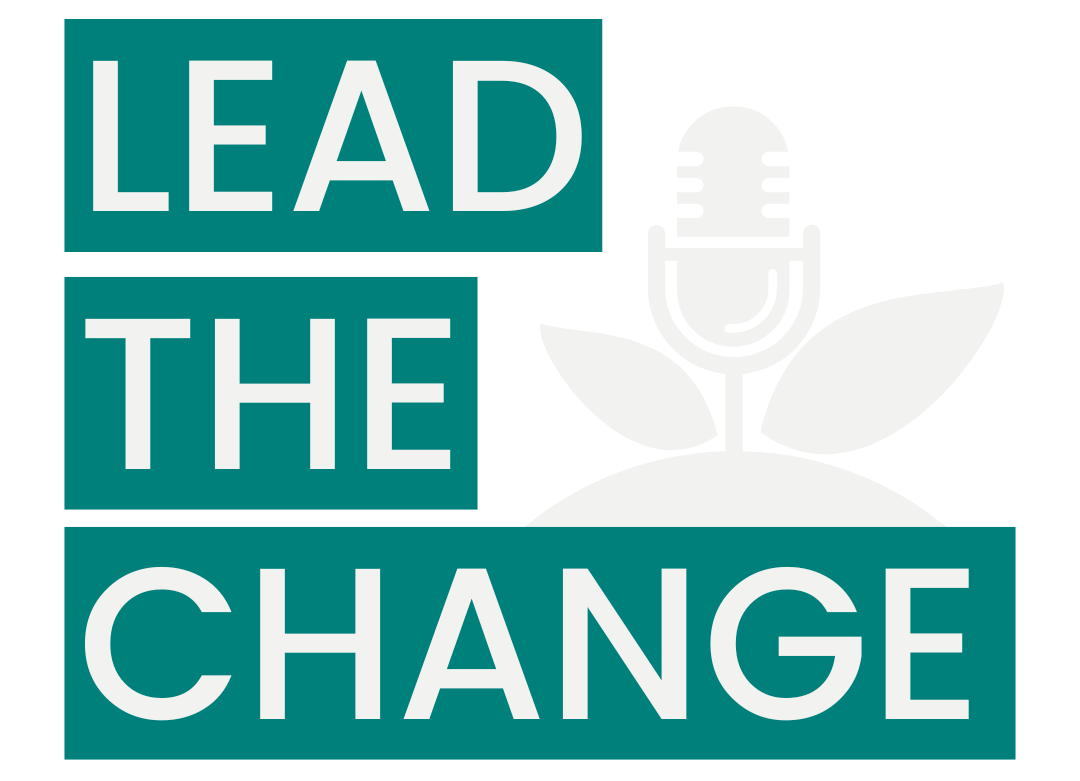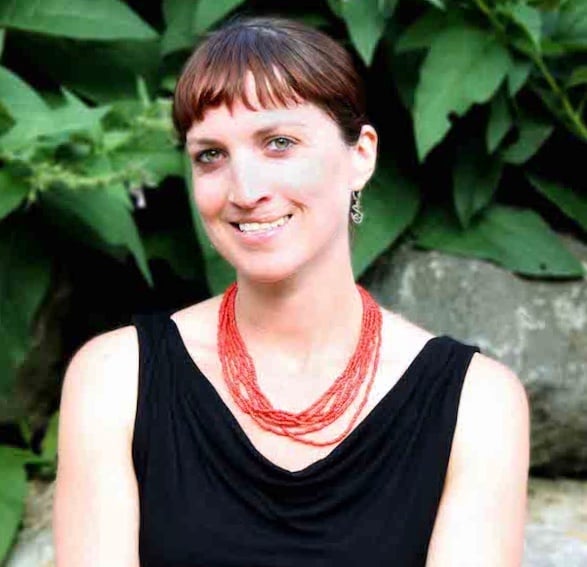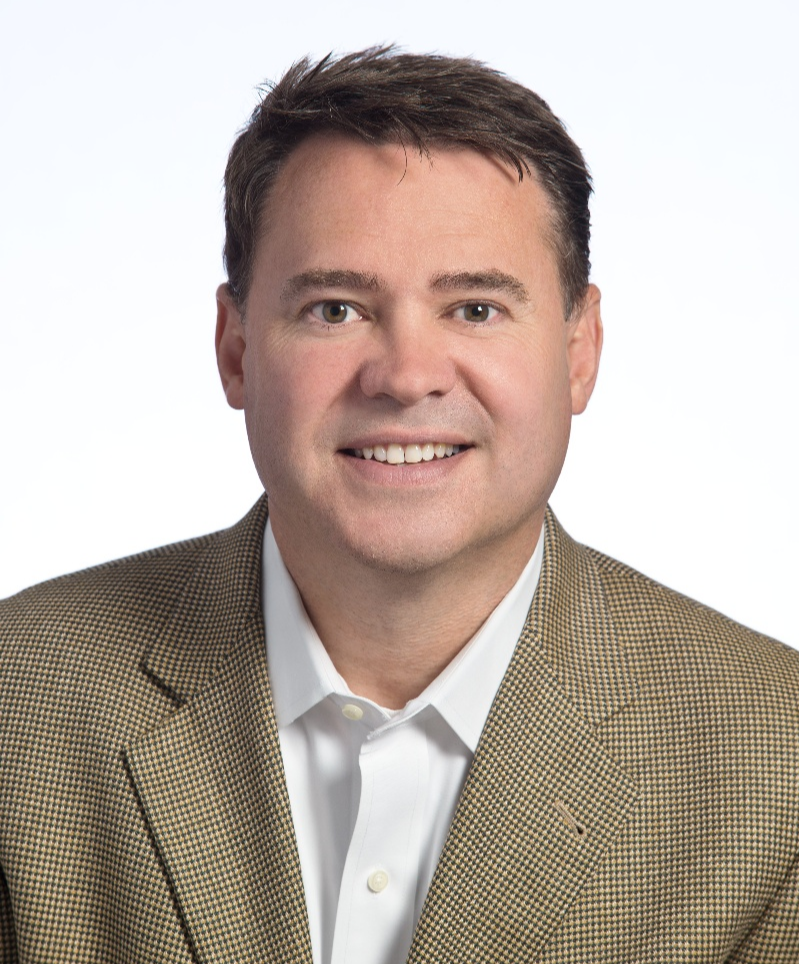
602: Bio-Design, Seaweed & Nature-Based Solutions to Climate Change
Featuring Roger Bason
CEO and Founder of Atlantic Ocean Aquaculture (AOA)
The goal of Atlantic Ocean Aquaculture (AOA) is scaling production to reduce Ag sector GHGs in the U.S. and abroad.
CEO, Roger Bason was trained in ocean science at Colgate University and the Woods Hole Oceanographic Institution. This included a research cruise to the Galapagos Islands and early seabed measurements of the East Pacific Rise. He is a certified Energy Engineer with experience in ocean energy development in the US and internationally that deployed the first US tidal energy system in New York City’s East River and an innovative wave energy system in Bermuda in cooperation with the Bermuda Institute of Ocean Science.
How Does an Energy Engineer Impact Methane Emissions from Livestock?
Bason was part of an expert team that initiated coral reef recovery efforts in the Republic of the Marshall Islands using innovative BioRock technology in 2010. He developed and directed the U.S. AmeriCorps program on the Island of Hawaii with a focus on sustainable development including projects in reforestation, aquaculture, solar energy and community food forests.
For the past five years, Roger has focused on climate action, installing several offshore seaweed farms and wild seaweed harvests in New England. Present work focuses on the harvest of Asparagopsis in Europe, a red seaweed that reduces methane in cattle when used as a feed supplement.
How is Biodesign Related to Aquaculture?
Hung Tran: Methane is responsible for around 30% of the rise in global temperature since the Industrial Revolution, and rapid and sustained reductions and methane emissions are key to limit near-term warming and improve air quality.
So, I guess, what inspired you to found this company?
Roger Bason: Well, the climate action factor was—was key. I had been working in what I taught at—at Columbia Sepo years ago was the—the ocean energy, which I thought was a good vehicle, you know, to use the tides and the wave energy, you know, very carbon freeway to produce electricity, and, you know, reduce fossil fuels.
But that as a business model was difficult. Now, it took about 10 years to permit the first site in the East River in New York City, and that's a tough one for investors and—and a business model to move forward.
So I was—I got a bit frustrated, and I started to think, “What could I do here with the climate issue being such a huge part of the future?” And I had some background in ocean science and this type of thing. So, I was reading Drawdown, which is sort of an epic work in the field, and one of them focused on seaweed, and it was Brian Von Herzen who runs the Climate Foundation, and I later met with him. He came up to my seaweed farms in Maine, and you know, I saw that you know, that this was one way to approach carbon.
The seaweed captures carbon from the water, so it reduces ocean acidification, and it can also be used as a product in many different ways to sell as a way to support the whole positive effort. So, in a nutshell, that's—that's the inspiration right there.
Hung Tran: Awesome. That sounds great. And I guess, how did you hear specifically about the asparagopsis red seaweed strain that can reduce methane emissions in cows? Cause that sounds almost like a kind of cheat code to like tackling the climate change issue.
Roger Bason: Yes, yes. Well, asparagopsis is a beautiful red seaweed and very abundant. It exists in about 60 countries worldwide in the Pacific and also in the Atlantic and countries on every continent. And so it's a very abundant seaweed. I was—I happened to be in Gran Canary in the Canary Islands on a family vacation, and circumstances were such that I had to catch up and read on some seaweed. And they tested that asparagopsis—they tested all the seaweeds. One of them was asparagopsis, and it turns out it was like a cure-all. It ticked every box for anti-cancer, anti-bacteria, antiviral—many, many different healing pharmaceutical qualities.
And I—so I got interested in it. And then I read that research in Australia and New Zealand indicated they tested just a little fraction, like half of 1% of the daily feed from cattle, and the cattle produce about 44% of the global methane, the cattle and the other ruminants—3 billion of them. And they—most of it burps out the front end because of the way their digestive system works, and they—they're responsible for an enormous amount of methane.
And methane is more toxic than carbon dioxide. It's 86 times as potent a greenhouse gas. But it doesn't last as long, so they monetize it at about 28—a factor of 28 times. So one ton of methane is equal to 28 tons of carbon dioxide.
And so this is a very useful product because of all these pharmaceutical benefits. It’s good for cattle health: it improves their productivity, their weight gain, feed conversion is—they use less feed to gain more weight, and it also reduces methane. So there's an economic and a climate benefit for using it as cattle feed.
We actually all should be eating this because it's good for so many different things. But this is one way to sort of monetize and get a—you know—a business model. As an MBA student, I'm sure you can appreciate this. You know that you have a business model that's actually doing, you know, multiple benefits and enabling a profitable enterprise to reduce methane and attack the climate issue.
Bard MBA’s Hung Tran speaks with Roger for this episode of the Impact Report.
Hung Tran: And I wanna, I guess, circle back to one thing you mentioned. You said that—so the cows only need to be fed a tiny sliver of this daily, not like a large harvest every single time. Just a small amount?
Roger Bason: Yeah. Well, what it is—so most cattle, beef or dairy cattle, it works for both—they eat about 15 to 20 kilos of grain or grass, you know, per day. When they're in a feedlot or in a barn, you can add this as a supplement.
And right now, we're working with testing—coming up with really the Ag sector climate solution for the country of Norway to meet their Paris Climate Accords, they want to reduce so many—they have a million cattle, and they want to reduce so many metric tons of carbon dioxide equivalent according to their protocol. So yeah, we're helping them to devise the best ways to feed—as an oil or as a powder—and how to introduce this. If they use just as small as 2-tenths of 1% of their daily feed, so it's about 50 grams—75 grams versus the 20 kg that you know that they eat, and that can reduce the methane up to 98% in cattle.
So it's an amazing plant. It has incredible chemistry. And, you know, it’s very effective in this area.
Hung Tran: That—that sounds absolutely amazing. And you mentioned that it's available in, I guess 60—around 60 countries…
Roger Bason: Well yeah, it grows. It’s not cultivated there yet, but it has the potential, you know, to be a global response here. Yeah.
Hung Tran: Yeah, so I guess along with that line, why isn't this happening everywhere? Why—why hasn't it been growing in those 60 countries yet?
Roger Bason: Well, I—I appreciate this interview because this is one way to inform people, you know, of the value of this seaweed. And I know you’re interested in—and it’s very tough to grow it because of the complexity of its reproductive cycle. So we wild harvest it, and you know, I have experience with that. We have a team really out of—out of New York that goes over, we cooperate, we—we harvest it in Portugal right now, but that's because we have connections, and they've been—it grows wild there. It forms enormous harvests. And these are like blooms that all of a sudden cover the whole shoreline. So it's—it's in—in Europe, it's an invasive alien species. It's native to the Pacific. And so while we harvest it wild, we help restore the local ecosystem in Portugal, and we also have this saleable product.
We're trying to, you know, inform people about this, you know, certainly get investors behind this, and also on the, you know, it's an ocean to farm cycle—so a transportation network, right? To get this. So we're working with farms and innovative farmers to utilize this, and you know, you probably know some farmers, you know, they're slow to try new things. You know, they—you know—there's a business as usual kind of thing. And, you know, it's not the simplest thing to harvest because of the permits and all the rest. So, it’s a work in progress, and we're getting a great start. And, you know, I think it has enormous potential for, you know, some quick action—really a rapid way to affect climate change. Because the day after we harvest it, we patent—we process it, and then it can be fed to cattle. So it's a very quick process, and they—as soon as they eat it, it has an impact, you know. So it's an effective tool.




